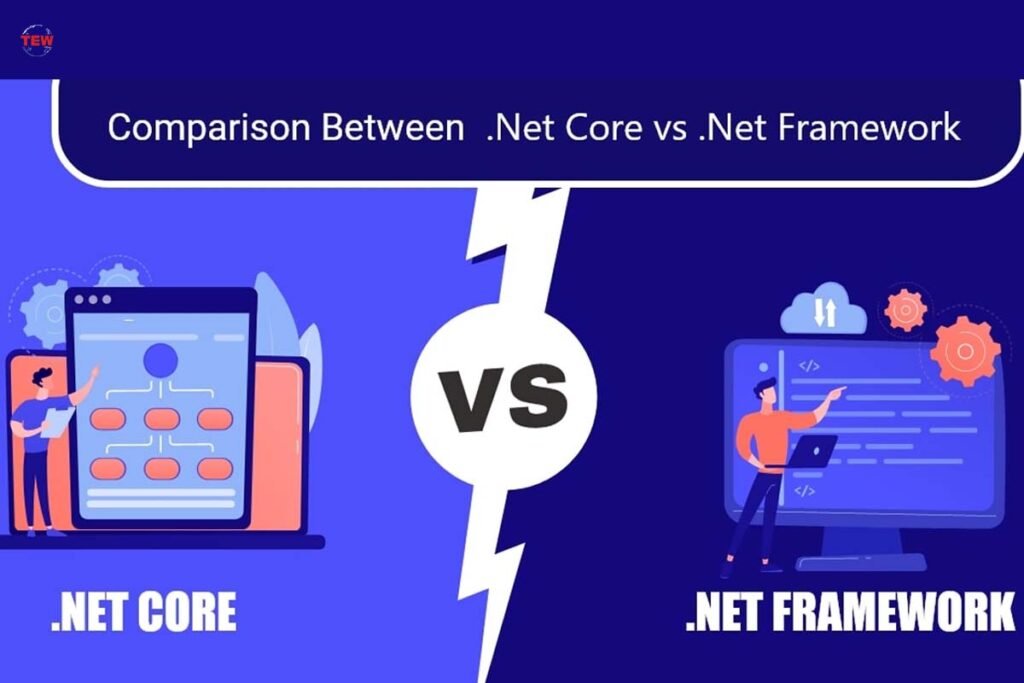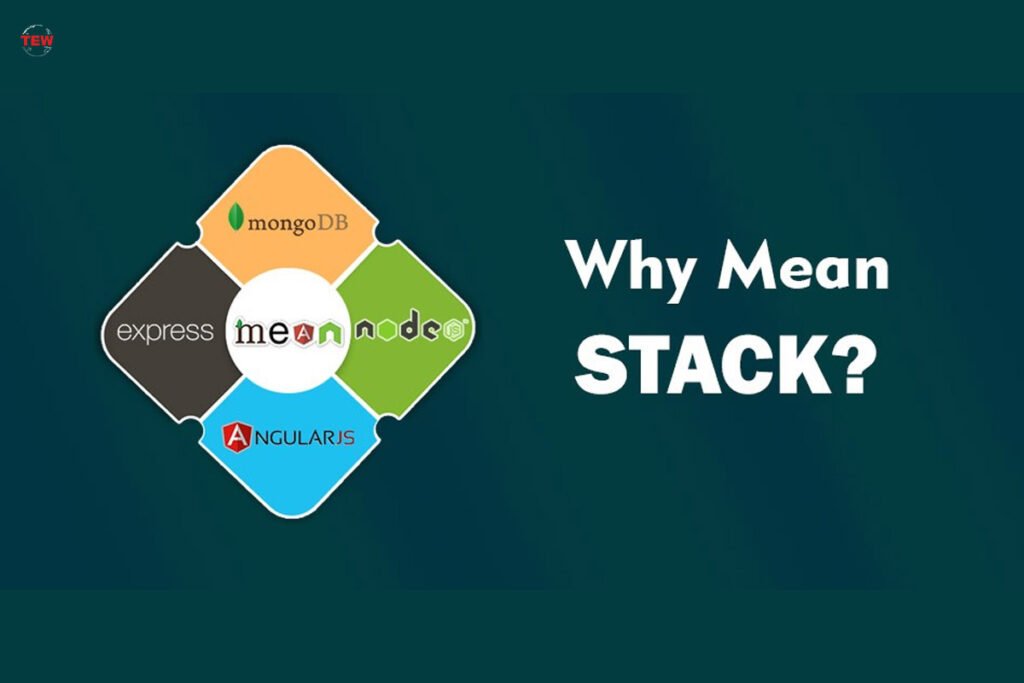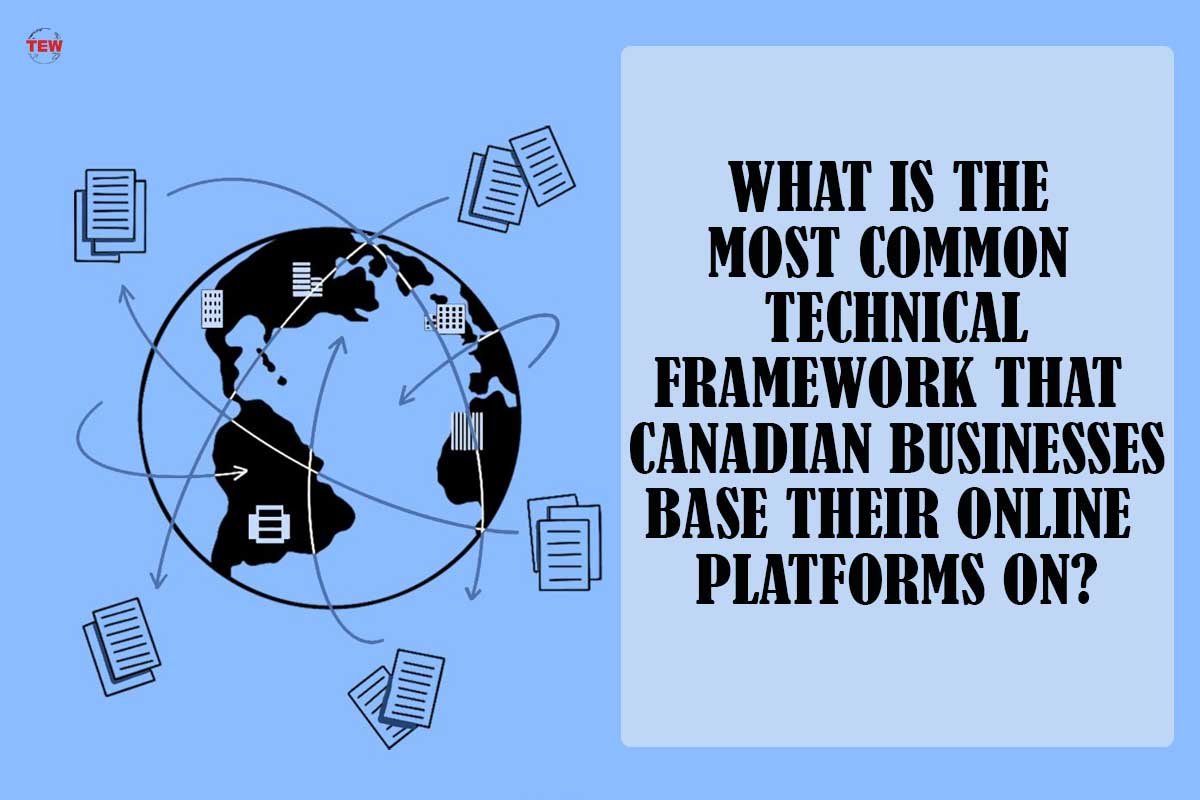The Introduction section is an essential part of any academic or informative paper, as it sets the tone for the rest of the work. In this case, we are exploring the topic of the most common Canadian technical framework used by Canadian businesses for their online platforms called Canadas Digital Ambition.
To begin, we will define the term “technical framework.” A technical framework refers to the underlying structure or architecture that supports the functionality and design of an online platform. It includes the software, hardware, and programming languages that work together to create the platform.
Online platforms have become a crucial component of modern business practices. They allow businesses to connect with their customers, showcase their products and services, and conduct transactions online. Therefore, the choice of technical framework used to build an online platform is essential also called as Canadas Digital Ambition.
The purpose of this outline is to explore the most common Canadian technical framework used by Canadian businesses for their online platforms. We will examine the factors that influence the choice of a technical framework, compare the features and functionalities of different frameworks, and discuss the importance of selecting the right technical framework for a business.
By the end of this outline, readers should have a clear understanding of the Canadas Digital Ambition, technical frameworks commonly used by Canadian businesses and the factors that determine the choice of a framework. They will also have insights into the advantages and disadvantages of each framework and the implications of selecting the wrong technical framework for an online platform.
Overview of Canadian businesses’ online platforms
Canadian businesses have increasingly recognized the importance of having an online presence to reach a wider audience and expand their customer base. According to Statistics Canada, in 2020, 88% of Canadian businesses had a website, while 66% of businesses had a social media presence. The COVID-19 pandemic has also accelerated the adoption of e-commerce by businesses of all sizes in Canada, with many traditional brick-and-mortar stores transitioning to online sales channels.

There are several types of online platforms that Canadian businesses can use, depending on their specific needs and goals. Some of the most common types of online platforms used by Canadian businesses include Canadas Digital Ambition:
- E-commerce platforms – These are online marketplaces or storefronts where businesses can sell their products or services directly to customers. Examples of e-commerce platforms used in Canada include Shopify, Magento, and WooCommerce.
- Content management systems (CMS) – These are platforms that allow businesses to create, manage, and publish digital content, such as blog posts, articles, and videos. Examples of CMS platforms used in Canada include WordPress, Drupal, and Joomla.
- Social media platforms – These are online platforms that businesses can use to build and engage with their audience, share content, and promote their brand. Examples of social media platforms used in Canada include Facebook, Twitter, and Instagram.
Online platforms have become essential for Canadas Digital Ambition, as they provide a cost-effective way to reach a wider audience, increase brand visibility, and generate new leads and sales. Online platforms also offer businesses the opportunity to gather valuable customer data and insights, which can be used to improve marketing strategies and optimize business operations.
Furthermore, online platforms have become increasingly important in light of the COVID-19 pandemic, as many businesses have had to close their physical storefronts and rely solely on online sales channels to stay afloat. In this way, online platforms have become an essential tool for businesses to adapt to changing market conditions and remain competitive in the digital age.
Technical frameworks used by Canadian businesses
Canadian businesses have access to a wide range of technical frameworks for building their online platforms. However, some of the most commonly used frameworks in Canada include:

- LAMP stack – This refers to a combination of open-source software used to build web applications. The acronym stands for Linux (operating system), Apache (web server), MySQL (database management system), and PHP (programming language).
- MEAN stack – This refers to another open-source software stack used to build web applications. The acronym stands for MongoDB (database management system), Express (web application framework), Angular (front-end web framework), and Node.js (JavaScript runtime environment).
- Ruby on Rails – This is a popular web application framework that uses the Ruby programming language. It emphasizes convention over configuration, making it easy to develop and deploy web applications quickly.
Factors influencing the choice of technical framework of Canadas Digital Ambition
Several factors influence the choice of a technical framework for building an online platform of Canadas Digital Ambition, including:
- Functionality – The technical framework must provide the necessary features and functionalities required for the business’s online platform.
- Scalability – The technical framework should be scalable and able to handle an increasing number of users, data, and transactions.
- Security – The technical framework must have robust security features to protect against data breaches, cyber-attacks, and other online threats.
- Flexibility – The technical framework should be flexible enough to allow for customization and integration with other systems and tools.
- Cost – The cost of the technical framework, including licensing fees and development costs, is also an important factor in the decision-making process.
Pros and cons of the commonly used technical frameworks for Canadas Digital Ambition:

Each technical framework has its own set of advantages and disadvantages, including:
- LAMP stack – This technical framework is easy to use and deploy, making it a popular choice for small to medium-sized businesses. However, it may not be as scalable or performant as other frameworks.
- MEAN stack – This framework is known for its flexibility and scalability, making it a popular choice for large and complex web applications. However, it requires advanced technical skills to develop and deploy.
- Ruby on Rails – This framework is known for its simplicity and ease of use, making it a popular choice for startups and small businesses. However, it may not be as performant or scalable as other frameworks.
It’s important to note that the choice of a technical framework for Canadas Digital Ambition will depend on the specific needs and goals of the business. It’s recommended that businesses consult with a web development professional to determine the best technical framework for their online platform.
When it comes to online gambling in Canada, choosing the right technical framework for an online casino platform is especially important. Online casinos must be able to handle large volumes of traffic and transactions securely and reliably, while also offering a high-quality user experience.
Factors to consider when evaluating the technical framework of an online casino platform might include its scalability, security features, and flexibility. A robust and scalable framework can help ensure that the casino can handle large volumes of traffic and transactions without experiencing downtime or performance issues.
Strong security features can help protect players’ sensitive information and financial transactions from potential hackers or fraudsters. And a flexible framework can help ensure that the casino can adapt and evolve over time to meet changing market demands and customer needs.
Overall, choosing the right technical framework for Canadas Digital Ambition is crucial for the success of any online platform, including online casinos. So, when exploring the options available on a “best online casino Canada” list or review page, it’s important to look beyond the surface-level features and promotions and consider the underlying technical infrastructure as well.
As a side note, it’s worth mentioning that online gambling and casinos are also a significant industry in Canada. If a Canadian business is operating in this industry, it’s important to ensure that the online platform is secure, scalable, and able to handle high volumes of traffic and transactions.
Additionally, businesses should comply with Canadian gambling laws and regulations to avoid legal issues. Those interested in exploring online gambling in Canada may want to check out the best online casino Canada can offer for a comprehensive overview of the available options. However, it’s important to consider not only the range of games and promotions offered by a particular online casino, but also the technical framework that the casino is built on.
Comparison of technical frameworks
When comparing technical frameworks, it’s important to consider the features and functionalities that they offer. LAMP stack, MEAN stack, and Ruby on Rails each offer different sets of features and functionalities that may be better suited to certain types of online platforms.

LAMP stack offers a range of web application features and functionalities, such as dynamic content generation, robust data management, and a flexible development environment. It also has a large open-source community and a wide range of available plugins and extensions, making it highly customizable.
MEAN stack, on the other hand, is known for its real-time web application capabilities, making it a good choice for applications that require a high level of user interactivity. It also offers strong integration capabilities, allowing it to integrate with a wide range of other systems and tools.
Ruby on Rails emphasizes convention over configuration, making it easy to develop and deploy web applications quickly. It also has a strong focus on web application security, with features such as cross-site scripting (XSS) protection, SQL injection protection, and secure cookie management.
Security and privacy are critical considerations for any online platform, and each technical framework offers different security features and capabilities. LAMP stack offers a range of security features, such as SSL/TLS encryption, secure login and password management, and secure file transfer protocols. It also has a large open-source community, meaning that security vulnerabilities are quickly identified and addressed.
MEAN stack offers strong security features as well, with built-in support for authentication and authorization, input validation, and XSS and CSRF protection. It also has a range of available security plugins and extensions, making it highly customizable.

Ruby on Rails has a strong focus on web application security, with built-in features such as SQL injection protection, XSS protection, and secure cookie management. It also has a range of available security plugins and extensions, making it highly customizable.
Scalability and flexibility are important considerations for businesses that expect their online platforms to grow and evolve over time. LAMP stack offers good scalability and flexibility, with the ability to handle large volumes of traffic and transactions. It’s also highly customizable, making it a good choice for businesses that require flexibility.
MEAN stack is known for its scalability, with the ability to handle large volumes of data and real-time web applications. It’s also highly flexible, with strong integration capabilities and the ability to work with a wide range of other systems and tools.
Ruby on Rails is less scalable than MEAN stack, but still offers good scalability for small to medium-sized web applications. It’s also highly flexible, with the ability to customize and integrate with other systems and tools.
Overall, the choice of a technical framework will depend on the specific needs and goals of the business. It’s recommended that businesses consult with a web development professional to determine the best technical framework for their online platform. Those interested in exploring online gambling in Canada may also want to consider the scalability, security, and flexibility of different technical frameworks.
Overall about Canadas Digital Ambition
In conclusion, Canadian businesses have a variety of technical frameworks to choose from when developing their online platforms. The most commonly used frameworks in Canada are LAMP stack, MEAN stack, and Ruby on Rails, each offering unique features and capabilities.
When choosing a technical framework, businesses should consider a range of factors, including features and functionalities, security and privacy features, scalability, and flexibility. It’s important to consult with a web development professional to determine the best framework for a specific business’s needs and goals.
For those interested in exploring online gambling in Canada, it’s recommended to consider the scalability, security, and flexibility of different technical frameworks when choosing an online casino platform from a “best online casino Canada” list or review page. With the right technical framework in place, Canadian businesses can build strong and successful online platforms that meet the needs of their customers and contribute to the growth of the Canadian economy.





